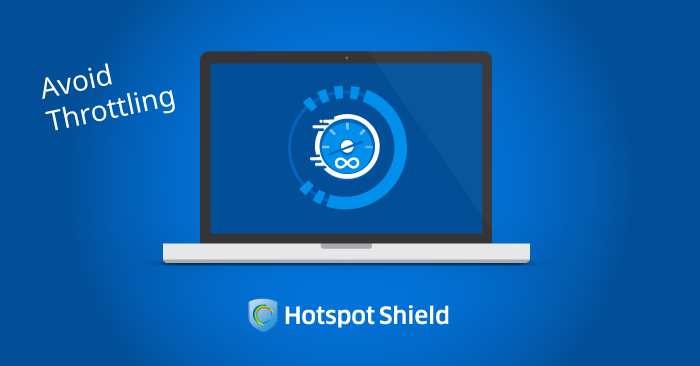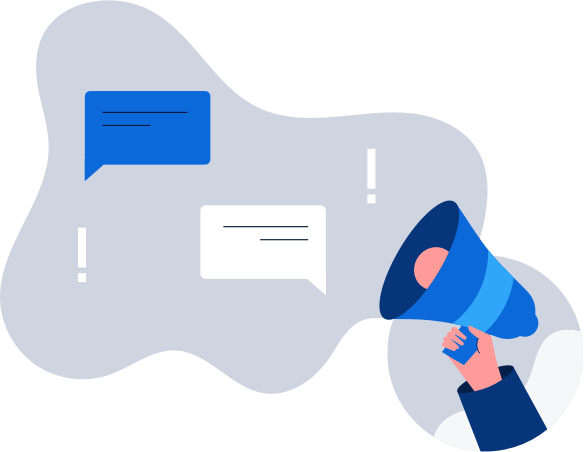How to get a Finnish IP address
The easiest way to improve your digital privacy is to switch your IP address using a VPN. We’ll …

You pay for a speedy Internet connection, but that doesn’t mean your connection is always fast. Even if your Internet service provider (ISP) claims to offer speeds that leave its competitors in the dust, you still might find that the content you stream on some websites seems slower than what you stream from other websites.
You might attribute this issue to a problem on the website’s end, and this is sometimes the case. However, in some instances, your ISP is actually the culprit. ISPs use techniques known as throttling and peering to slow down your connection when you try to view certain types of content.
Let’s examine just exactly what throttling and peering are and how you can defeat them with Hotspot Shield.
Simply put, throttling is what happens when your ISP intentionally slows down your connection because of your browsing activity. For example, your ISP might not like it when you use Netflix or another streaming service, and you’ll find it more difficult to stream your favorite shows.
Why does this happen? It may be because your ISP has a “fast lane” agreement with some websites. These websites receive priority, and your connection to them will always be faster. Conversely, websites that are competitors of those that pay to be in the fast lane will suffer.
Throttling is more common in areas where there are only a few ISPs for consumers to choose from. If you live in such an area, you may not be able to simply switch your ISP to get faster access to certain websites.
In order to throttle your surfing activity, your ISP has to monitor your browsing activity, often through the use of a network filtering system known as deep packet inspection (DPI).
Peering is another shady ISP practice. It’s a little more complicated than throttling, but the result is the same — a sluggish connection when you’re most in need of speed.
Techopedia explains, “Peering is a relationship between Internet service providers (ISP) in which they share a direct network instead of routing traffic through the Internet. Peering is either done directly between the ISPs or through a centralized peering exchange. Peering allows for very fast traffic at low cost because the ISPs connect directly to each other.”
At a glance, peering seems harmless. It even seems like a good thing. Unfortunately, it comes with a side effect: ISPs end up intentionally ignoring congestion. This happens for some of the same reasons as throttling. ISPs want to give priority to certain websites, and as a result, other websites don’t get the speed they deserve.
Throttling seems like an invasion of privacy, and unsavory peering practices are just downright frustrating. However, as distasteful as throttling and peering are, they are both still legal — for now.
In February 2015, the Federal Communications Commission passed Net Neutrality regulations. The aim of these new rules is to create an open and fair Internet. Some of the Net Neutrality rules include prohibitions against throttling and favoring “fast lane” websites. Basically, Net Neutrality means that all legal content across the Internet receives equal treatment. The regulations still allow for ISPs to carry out reasonable network management.
Since Net Neutrality passed, why are throttling and peering still an issue? Net Neutrality had to fight a long and hard battle before the FCC passed it because ISPs oppose the regulations. Some big name companies, including Verizon, have voiced forceful complaints against an open Internet. There may yet be years of appeals before Net Neutrality becomes a reality — if it ever does.
Throttling and peering aren’t unavoidable realities. There are things you can do to avoid the agony of a slow connection. One of the primary ways to combat throttling and peering is by using a virtual private network (VPN) service, such as Hotspot Shield.
A VPN lets you surf the web anonymously, preventing your ISP from finding out which websites you’re visiting. That makes it almost impossible for the ISP to discriminate against certain types of traffic. Therefore, even if Netflix, HBO, or other streaming sites don’t pay for fast lane service with your ISP, you may still be able to get the fast connection that you’re paying for.
When you start your Hotspot Shield service, be aware that you can choose from two different versions of Hotspot Shield. The free, ad-supported version will provide you with Internet browsing privacy and snatch you from the hands of throttling and peering.
As useful as the free version of Hotspot Shield is, it won’t deliver the same experience as the Elite version. The Elite version is faster, and because it isn’t ad-supported, it offers a smoother experience. It also allows you to switch your virtual location to unblock Internet content from countries around the world.
You want to get the most out of your Internet experience, and that isn’t always possible when throttling and peering enter the picture. Use Hotspot Shield to boost your browsing speeds and earn more enjoyment from the time you spend online.
